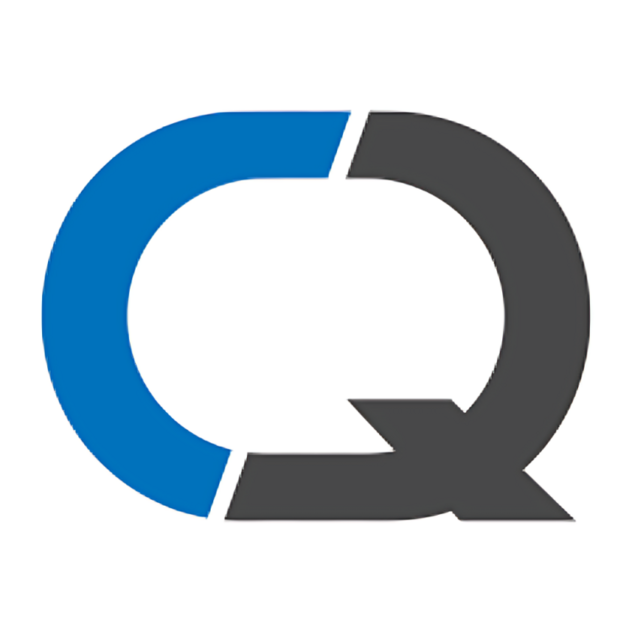A Step-by-Step Guide to Streamlining Your Audit Process with Software Solutions (Business Opportunities - Advertising Service)

USNetAds > Business Opportunities > Advertising Service
Item ID 133149796 in Category: Business Opportunities - Advertising Service
A Step-by-Step Guide to Streamlining Your Audit Process with Software Solutions | |
In today's fast-paced business environment, maintaining compliance and ensuring quality through effective audit processes is crucial for organizations across various industries. However, traditional audit methods can be cumbersome, time-consuming, and prone to errors. Leveraging Audit Management Software can streamline the entire audit process, ensuring compliance with standards such as ISO 14001 and ISO 13485. Understanding the Role of Audit Management Software in Modern Businesses Audit Management Software plays a pivotal role in ensuring that businesses remain compliant with regulatory standards, such as the ISO 14001 environmental management system and ISO 13485 certification. These standards are critical for industries like healthcare, manufacturing, and environmental management, where stringent regulations govern operations. By automating various aspects of the audit process, such software helps reduce the risk of non-compliance, minimizes human error, and enhances overall efficiency. Step 1: Assessing Your Current Audit Process Before implementing Audit Management Software, it's essential to thoroughly assess your current audit process. This step involves identifying the pain points, such as manual data entry, lack of real-time tracking, and difficulties in maintaining consistency across audits. Consider how your existing process aligns with the requirements of the ISO 14001 environmental management system and whether it supports the completion of ISO 13485 audit checklists. This assessment will provide a baseline to measure improvements after implementing the software. Step 2: Choosing the Right Audit Management Software Selecting the appropriate Audit Management Software is crucial to streamline your audit process effectively. The software should align with your organization's specific needs, particularly if you operate in industries where ISO 13485 certification and ISO 14001 compliance are mandatory. Key features to look for include user-friendly interfaces, real-time data analytics, customizable templates for ISO 13485 audit checklists, and seamless integration with existing systems. By choosing the right software, you can ensure that your audit process is not only streamlined but also fully compliant with industry standards. Step 3: Customizing the Software to Fit Your Audit Needs Once you have selected the appropriate Audit Management Software, the next step is customization. Every organization has unique audit requirements, and the software should be tailored to meet these needs. This customization might involve setting up specific workflows that align with ISO 13485 certification requirements or configuring the system to handle the complexities of the ISO 14001 environmental management system. Customization ensures that the software supports your organization's goals and enhances the efficiency of the audit process. Step 4: Training Your Team on the New System Implementing new software is only effective if your team is well-trained on how to use it. Executive and senior management teams must ensure that all employees involved in the audit process are comfortable with the new system. Training should focus on how to navigate the software, how it aligns with the ISO 13485 audit checklist, and how to use it to maintain ISO 14001 compliance. Effective training will lead to a smoother transition and maximize the benefits of the Audit Management Software. Step 5: Integrating the Software with Existing Systems For Audit Management Software to deliver its full potential, it must be integrated with your organization's existing systems. This integration is particularly important for companies that rely on comprehensive ISO 14001 environmental management systems or those seeking ISO 13485 certification. The software should work seamlessly with other tools such as quality management systems (QMS), document management systems (DMS), and enterprise resource planning (ERP) systems. Integration ensures that data flows smoothly across platforms, providing a unified view of compliance and audit processes. Step 6: Conducting a Pilot Audit to Test the System Before rolling out the software across the organization, it’s advisable to conduct a pilot audit. This step allows you to test the system in a controlled environment, identify any potential issues, and make necessary adjustments. During the pilot, pay close attention to how the software handles ISO 13485 audit checklists and its effectiveness in maintaining ISO 14001 compliance. The insights gained from the pilot audit will be invaluable in refining the system before full-scale implementation.  | |
| Related Link: Click here to visit item owner's website (2 hits) | |
| Target State: Florida Target City : Florida City Last Update : Aug 14, 2024 7:31 AM Number of Views: 73 | Item Owner : ComplianceQuest Contact Email: Contact Phone: 4084588343 |
| Friendly reminder: Click here to read some tips. | |
USNetAds > Business Opportunities > Advertising Service
© 2025 USNetAds.com
GetJob.us | CANetAds.com | UKAdsList.com | AUNetAds.com | INNetAds.com | CNNetAds.com | Hot-Web-Ads.com | USAOnlineClassifieds.com
2025-04-02 (1.076 sec)